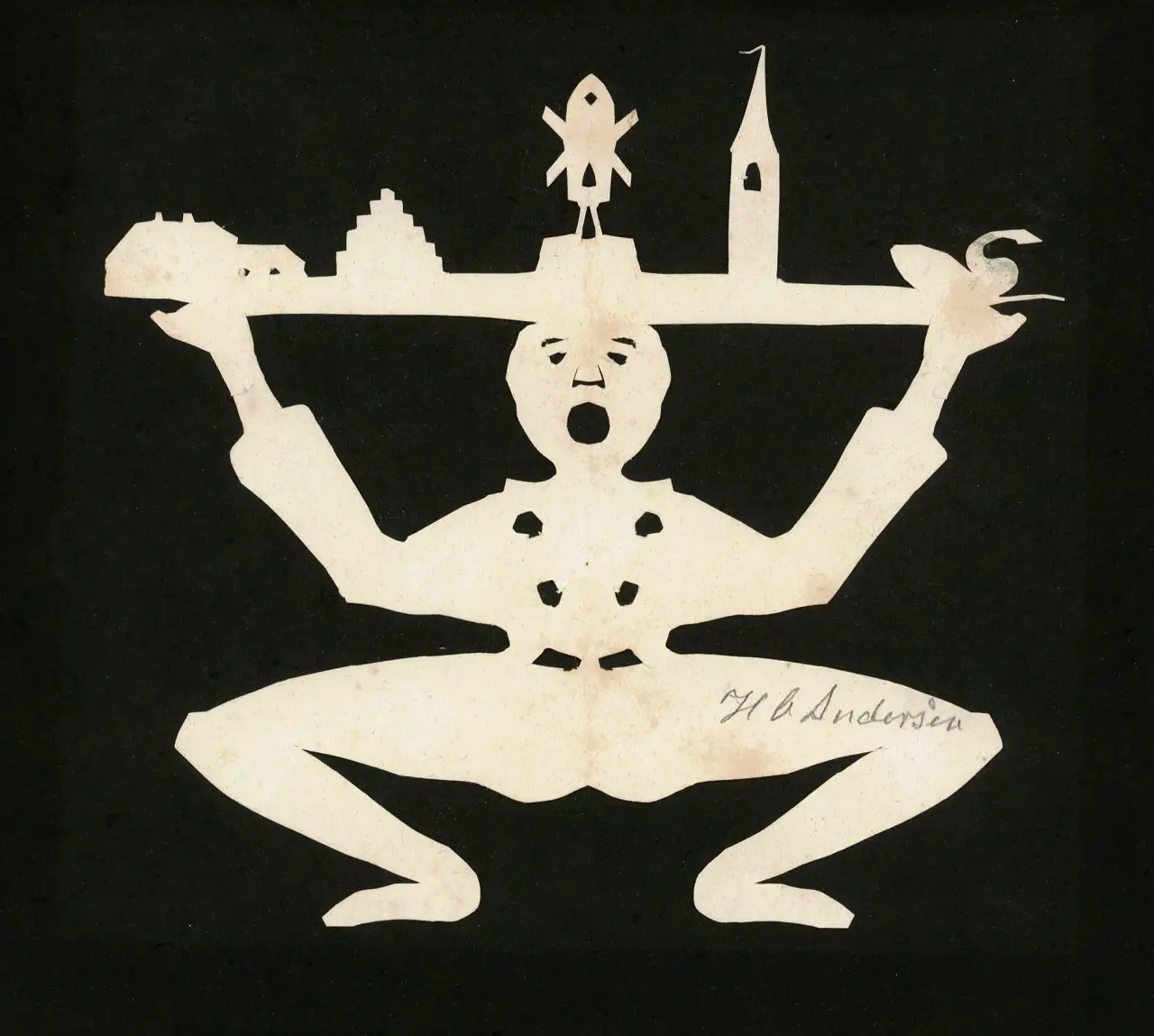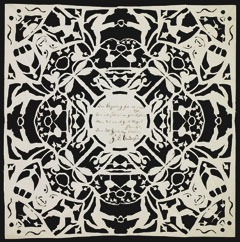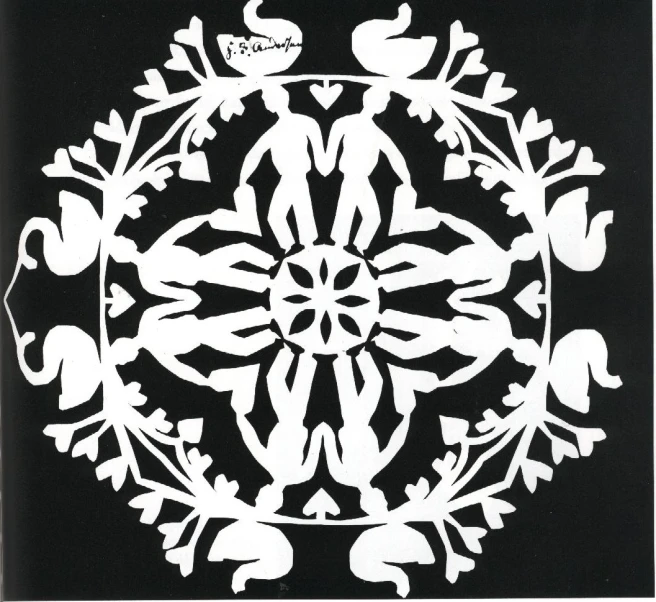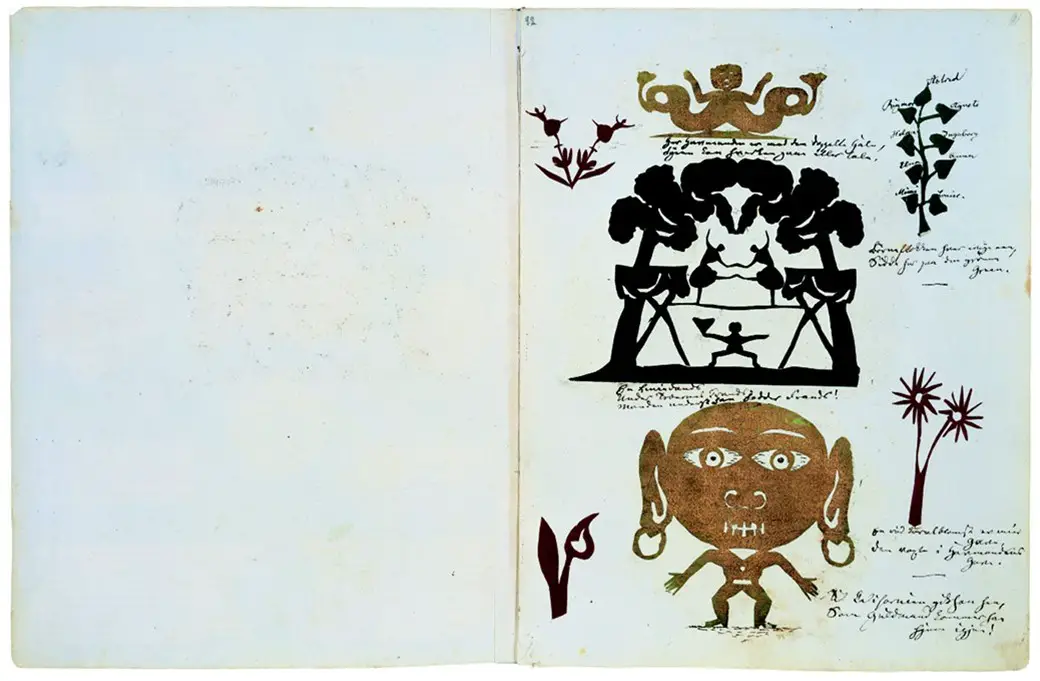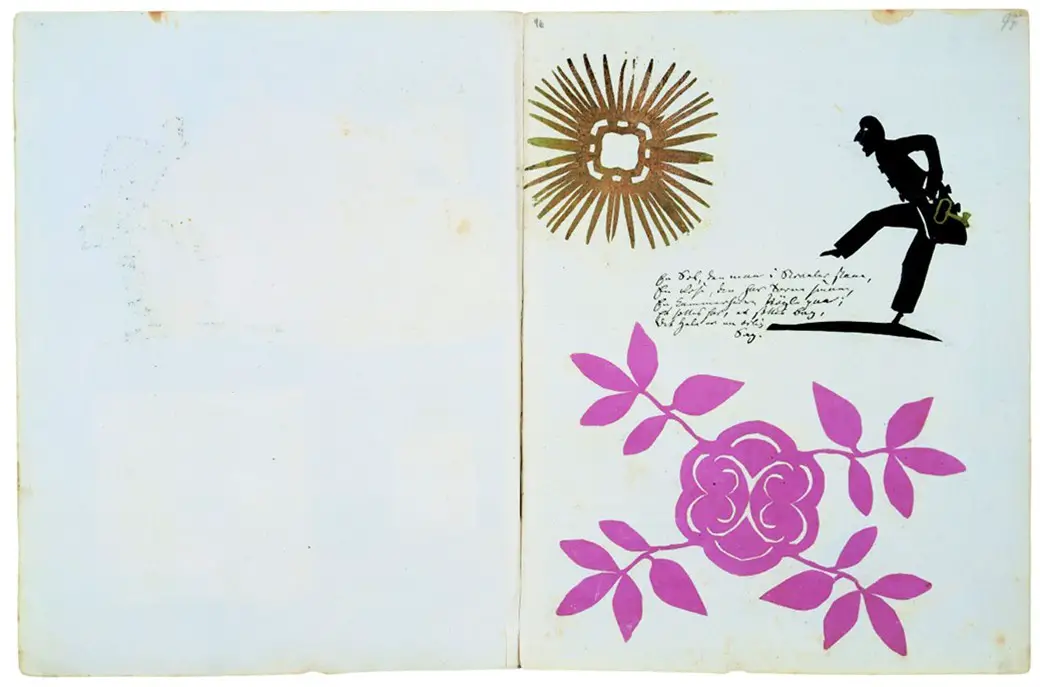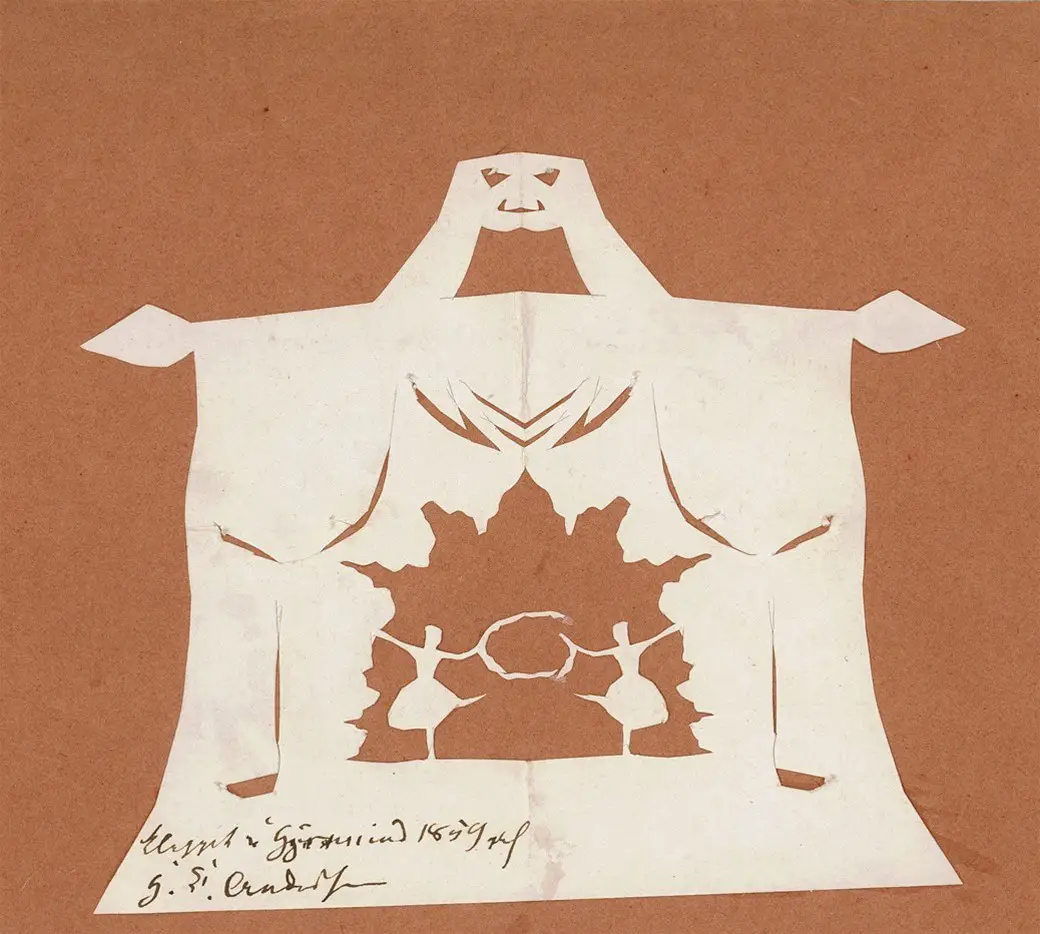Hans Christian Anderson: storyteller, author and papercut artist
- Rachel Goodchild

- Jun 17, 2021
- 2 min read
Updated: Mar 5, 2024

As well as being a great story teller, Hans Christian Andersen would amuse his friends and their children by making paper cuts to accompany his stories. Using a large pair of scissors, he could create the most delicate, fine paper cuts. He would tell his stories whilst cutting into a piece of folded paper, then at the end of the story he would unfold the paper and reveal a delicate paper cut to an amazed audience.
Through out his life (1805 - 1875) Hans Christian Andersen was an addict to paper. He wrote on it, he drew on it, plus he used it to cut into. Born in Denmark into poverty to a cobbler father, who died when Hans was aged 11, and an illiterate mother, Andersen listened as women in the local asylum talked and his father read stories.
Hans had no formal education until he was aged 17, when he was placed in classroom with students six years his junior.
He soon erupted with creativity, and his stories tumbling down the decades. His papercuts are testament to the care he gave each of his tales.


Above is one of Hans Christian Andersen's largest known paper cuts (measuring 42cm by 34cm) was created in 1864.
In 2002 it was sold at an auction in his Danish homeland for £44,580.
Andersen's fairy tales include:
"The Angel" (1843)
"The Bell" (1845)
"Blockhead Hans" (1855)
"The Elf Mound" (1845)
"The Emperor's New Clothes" (1837)
"The Fir-Tree" (1844)
"The Flying Trunk" (1839)
"The Galoshes of Fortune" (1838)
"The Garden of Paradise" (1839)
"The Goblin and the Grocer" (1852)
"Golden Treasure" (1865)
"The Happy Family" (1847)
"The Ice-Maiden" (1861)
"It's Quite True" (1852)
"The Jumpers" (1845)
"Little Claus and Big Claus" (1835)
"Little Ida's Flowers" (1835)
"The Little Match Girl" (1845)
"The Little Mermaid" (1837)
"Little Tuk" (1847)
"The Most Incredible Thing" (1870)
"The Naughty Boy" (1835)
"The Nightingale" (1843)
"The Old House" (1847)
"Ole Lukoie" (1841)
"The Philosopher's Stone" (1858)
"The Princess and the Pea" (1835)
"The Red Shoes" (1845)
"The Rose Elf" (1839)
"The Shadow" (1847)
"The Shepherdess and the Chimney Sweep" (1845)
"The Snow Queen" (1844)
"The Snowman" (1861)
"The Steadfast Tin Soldier" (1838)
"The Storks" (1839)
"The Story of a Mother" (1847)
"The Sweethearts; or, The Top and the Ball" (1843)
"The Swineherd" (1841)
"The Tallow Candle" (1820s)
"The Teapot" (1863)
"Thumbelina" (1835)
"The Tinderbox" (1835)
"The Traveling Companion" (1835)
"The Ugly Duckling" (1843)
"What the Old Man Does is Always Right" (1861)
"The Wild Swans" (1838)
Rachel Goodchild | Design Blog
Creating Pattern for Textile, Product, Home & Packaging
.png)
